How to Organize Work Day According to Your Employees’ Actual Productivity
Productivity is a critical factor to take into consideration when organizing the workflow. Let’s see why time management software is your best ally in getting this right!
As a manager or someone who’s in charge of organizing workforce, workload and work time, you might have a picture perfect idea of what a flawlessly organized day should look like. However, the experience has probably taught you that not everything you carefully design in your head, even if it’s perfectly reasonable in theory, works in reality.
The sad truth is - you can’t plan productivity, nor can you force it. But all is not lost, because there’s still one thing you can do - you can predict it!
After that, you can work around it, direct it and mold your work day to best use every minute of this barely tangible thing we call productivity.
And nowadays, there’s this little thing called time management software that can make quantifying and analyzing productivity as simple as clicking a button. All what’s really left for you to do is to use these insights to organize the day in the best and most effective way.
How? Well, as time productivity app tracks the use of different apps and websites that you categorized as ‘productive’ and ‘unproductive’, it can provide you with stats, timelines, trends and biorhythms that show when productivity typically tends to peak or drop for each individual or team.
There are a couple of broad categories of activities that you might want to figure out when to assign so that you get the most out of every day: important tasks, meetings, breaks and less important tasks.
Now let’s see how time management software can help you find the best time slot for each of them.
Most Important Tasks
Obviously, priority tasks should be carefully timed so that they’re done with the utmost focus and attention. That means your employees should be awake, alert and prepared to invest their full mental effort. In other words, they should be at the peak of their productivity.
Time management software is useful here for several reasons. First of all, it doesn’t matter whether the priority task is assigned to a whole team or just one particular employee - time productivity software can be specific to an individual or you can aggregate data for teams and departments.
Secondly, you are given super clear timelines that make it incredibly obvious when productivity is at its peak. Think the tallest green point in the graph - yes, that simple. These bumps that you see in time management software are the times of day that are the strongest candidates for accommodating high priority tasks.
It’s very likely that you’ll find these peaks in the morning, a little while after employees have come to the office. Studies have shown that this is the period from 8 am to 2 pm - that’s when our short-term memory is optimal, when even our emotions are most positive and cognition aa well as confidence tend to peak. Perfect time for important assignments, wouldn’t you agree?
However, this isn’t without variation. For instance, alertness typically peaks in the morning for older people, but later in the afternoon for younger ones. Which is just another reason to use time clock management software if you want accurate data for your employees.
Meetings
You might not be aware of this, but meetings have this magic ability to ruin the flow of the work day if not scheduled with extra care.
Let’s say you need to schedule a regular weekly team meeting and you decide that 9 am is as good a moment as any other. But what can potentially happen is that half of your employees are half-asleep and in desperate need of that morning cup of coffee that you’ve robbed them of. If you have flexible working hours, maybe half of them aren’t even going to be there at all.
OK, then 12 pm sounds like a safe bet, right? Maybe, but imagine, say, your copywriter who’s right in the middle of their creative flow, inspiration and focus abound, and then - they’re called to join a meeting. Trust us on this, recovering this momentum is next to impossible.
But just one glance at your time management software will tell you everything you need to know in order to be able to schedule meetings when they least interfere with the productivity flow. Hours time tracking app will tell you when everyone is in the office if you work flexibly, as well as when productivity has gained traction and shouldn’t be abruptly stopped.
So, the optimal solution is to schedule office meetings right after everyone’s shown up for work but before the period of peak productivity. When is this moment? Only employee hours app can tell you.
Breaks
Before you even have a chance to reach this conclusion, ‘never’ is not an option. Assigning time for breaks has many benefits for productivity. And yes, you’ve read that right - breaks, plural.
If you take a look at your employee time tracking charts and biorhythm, you’ll see at least some level of fluctuation. That’s because we can’t stay focused for more than two hours at a time.
So allow short breaks during two or three most significant drops in productivity. Your employees are going to be grateful and their productivity will improve too.
Menial and Less Important Tasks
Finally, what should you do with those not-so-important tasks or those copy-paste-based ones that don’t really require much inspiration or alertness?
Well, we’ve assigned the meeting right before the productivity peak, then priority tasks when employees are at their most productive, and breaks during the dips in productivity timelines. Apparently, less critical assignments should be allocated to the remaining periods of the day.
Turn again to your time software productivity reports and you might be able to notice that there’s a slight slope in the afternoon, very likely starting around 2 or 3 pm and continuing to slope down until the clock-out. That period of steady productivity dropdown is a perfect time for less important or repetitive and mechanical tasks.
Filling this time and finishing the day with something that isn’t that demanding is a great way to ensure your employees don’t get overworked which would result in making mistakes.
Conclusion
Managing time and organizing workload for other people is far from easy and straightforward. But you can be much better at it if you rely on the accurate productivity measurements that time management software can offer. This way, you can time particular types of activities and tasks according to actual measured productivity, which will ensure efficiency, better overall organization and employee satisfaction. And all of this with a simple graph.
¿Está listo para tomar el control total de su lugar de trabajo?
Pruebe la solución más sencilla hoy mismo...
Prueba Gratis.svg)


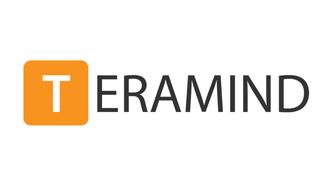






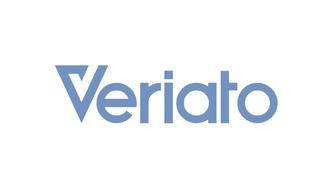












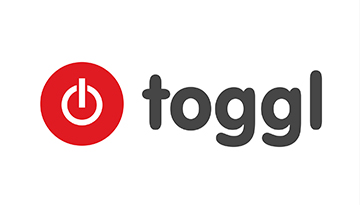
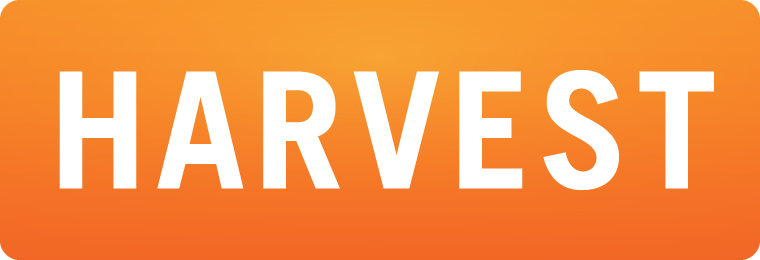

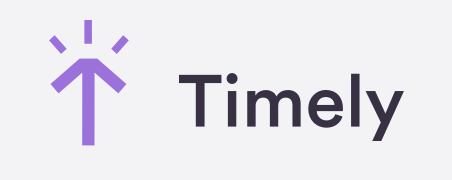

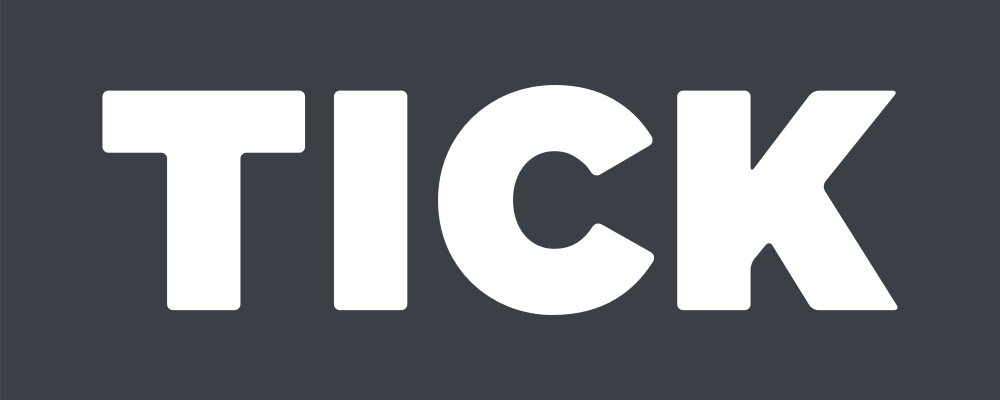

%20(2)%20(1)%20(2).png)
.jpg)

%20(1).png)
%20(1).png)



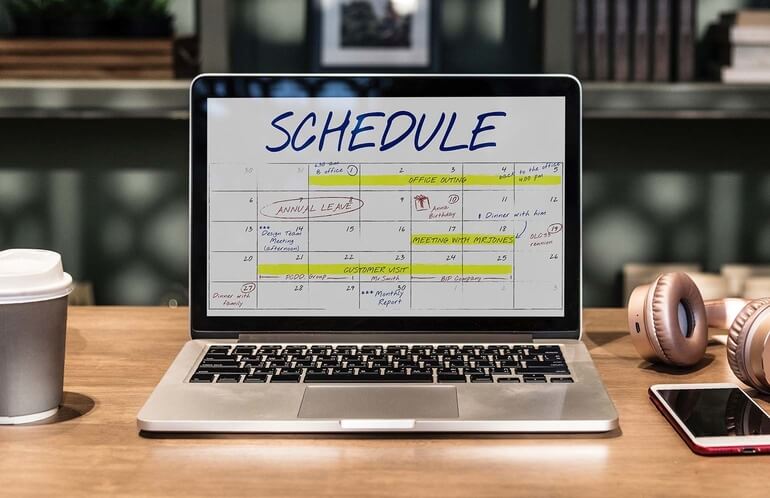
%20(1)%20(1).png)